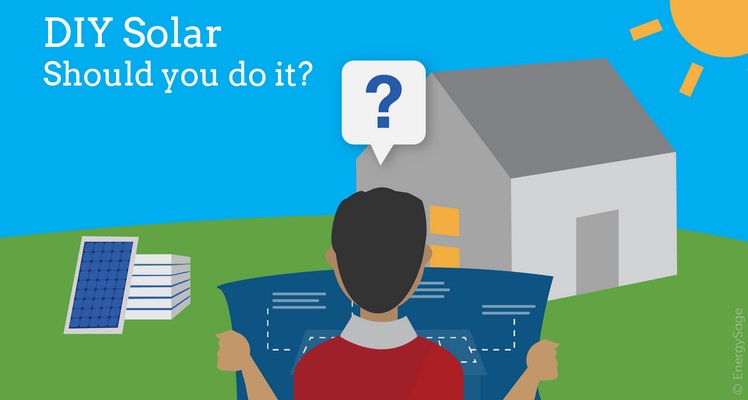Cost-Efficient DIY Photovoltaic Packages: Harnessing Solar Power for Your Home
In an era where sustainable energy solutions are becoming more vital than ever, harnessing the power of the sun through photovoltaic (PV) systems has emerged as a practical and environmentally conscious choice. DIY photovoltaic packages offer a cost-effective way for homeowners to embrace solar energy, reduce their carbon footprint, and potentially cut down on electricity bills. In this article, we’ll delve into the world of DIY photovoltaic packages, exploring their benefits, components, installation process, and how they contribute to a greener future.
The Benefits of DIY Photovoltaic Packages
- Affordability: One of the most significant advantages of DIY photovoltaic packages is their cost-effectiveness. Traditional solar installations can be expensive due to labor and installation fees. DIY kits eliminate these expenses, making solar energy accessible to a wider audience.
- Customizability: DIY photovoltaic kits offer flexibility in terms of system size and design. Homeowners can tailor the system to their energy needs and available space, ensuring optimal utilization of solar resources.
- Educational Opportunity: Installing a DIY photovoltaic system provides homeowners with a valuable learning experience. It allows them to understand the technology, components, and energy production process, fostering a deeper connection to their energy consumption.
- Reduced Energy Bills: By generating your electricity, you can significantly reduce your reliance on the grid, leading to lower monthly energy bills over time. Excess energy generated by your PV system can even be sold back to the utility company in some regions.
- Environmental Impact: Transitioning to solar energy reduces your carbon footprint, as solar power is a clean and renewable energy source. By embracing solar, you’re contributing to a more sustainable and eco-friendly future.
Components of a DIY Photovoltaic Package
A typical DIY photovoltaic package includes several essential components:
- Solar Panels: These are the heart of the system, converting sunlight into electricity. Polycrystalline or monocrystalline panels are common options, each with its own efficiency levels.
- Inverter: The inverter converts the direct current (DC) produced by the solar panels into alternating current (AC) that your home appliances use.
- Mounting Hardware: Racking and mounting equipment secure the solar panels in place, ensuring optimal exposure to sunlight.
- Wiring and Connectors: Proper wiring and connectors link the solar panels, inverter, and electrical system seamlessly.
- Monitoring System: Some kits come with monitoring systems that allow you to track the energy production and performance of your PV system.
Installation Process
While installing a DIY photovoltaic system requires a basic understanding of electrical components and connections, many homeowners find it manageable with proper guidance and precautions. Here’s a simplified overview of the installation process:
- Assessment: Evaluate your energy needs, available space, and sun exposure to determine the system size.
- Permitting: Check with your local authorities to obtain necessary permits for solar installations.
- Mounting: Install the mounting hardware on your roof or a suitable location with adequate sunlight exposure.
- Panel Installation: Attach the solar panels to the mounting hardware following the manufacturer’s instructions.
- Inverter Connection: Connect the panels to the inverter, ensuring proper wiring and secure connections.
- Electrical Work: Connect the inverter to your electrical system, adhering to safety guidelines and regulations.
- Testing: Once connected, test the system to ensure proper functionality.
- Monitoring: Set up any included monitoring system to keep track of your energy production.
Conclusion: A Greener Future within Reach
Embracing solar energy through cost-efficient DIY photovoltaic packages is not only an investment in your home but also a step toward a more sustainable future. With benefits ranging from reduced energy bills to environmental consciousness, these packages offer an accessible and customizable way to tap into the power of the sun. By carefully considering your energy needs, following installation guidelines, and exploring available resources, you can confidently embark on your solar journey, contributing to a cleaner and more energy-efficient world.
